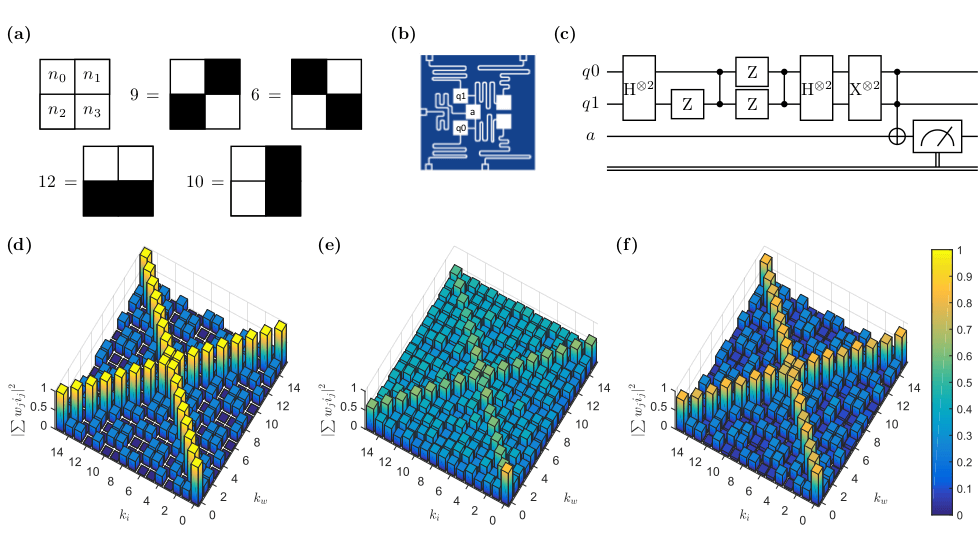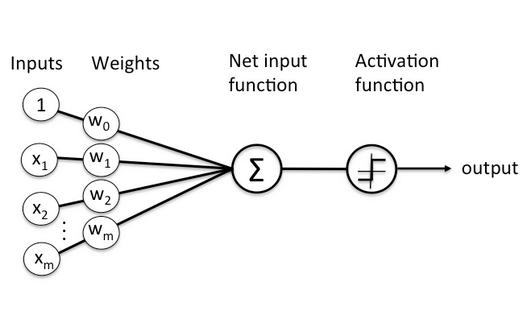
It was just a question of time when Machine Learning and Quantum Computing will meet. Although machine learning has been growing as a field at an incredible pace in the past decade, only now we are witnessing initial efforts to put machine learning on a quantum level.
The Perceptron algorithm is the simplest type of artificial neural network. It is a model of a single neuron that can be used for two-class classification problems and provides the basis for later developing much larger networks. Proposed by Rosenblatt, back in 1958, early experiments with the perceptron model had aroused unrealistic expectations. However, many years later, it served as a foundation of a whole field of machine learning and artificial intelligence.

Francesco Tacchino and his colleagues at the University of Pavia in Italy have built the world’s first perceptron implemented on a quantum computer. In their paper, named “An Artificial Neuron Implemented on an Actual Quantum Processor”, they introduce a quantum information-based algorithm implementing the quantum computer version of a perceptron. They use a few qubit models of the perceptron to test on a real quantum computer. They show that this quantum model of a perceptron can be used as an elementary nonlinear classifier of simple patterns and in the experiments they used a 2×2 black&white image.
Tacchino’s perceptron model is taking a tensor (for example an image) as an input, combines it with a quantum weighting vector, and outputs a 0 or 1. Also, the procedure is fully general and could be implemented and executed on any platform capable of performing a universal quantum computation.
Similarly to Rosenblatt’s perceptron model, this “quantum perceptron” model has great potential and might pave the way for quantum artificial intelligence. It is possible that a new, different class of machine learning will appear and together, quantum computing and machine learning will bring us to AGI – Artificial General Intelligence and ASI – Artificial Super-Intelligence.